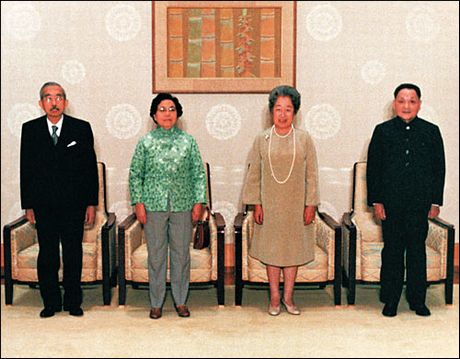Argentina tightens sorghum rules to boost China trade, risking new clash with Trump team
Argentina has tightened export standards for sorghum to strengthen sales to China, a move that could add new strain to relations with the United States, once the main supplier of the grain before tariffs upended global trade.
The Agriculture Secretariat issued a resolution on Friday, setting new grading rules based on test weight and limiting impurities, broken kernels and non-grain material.
Exports must now meet minimum weights of 72, 70 and 67 kilograms per hectolitre depending on grade. Cargoes below those levels no longer qualify for standard export certification.
The measure also updated how sorghum is graded to meet foreign feed and processing requirements, according to the resolution, which said the changes would help avoid cargo rejections and strengthen Argentina’s reliability as a supplier.
In a statement, the agency said the measure was meant to “facilitate domestic marketing, raise the quality of national production and improve Argentina’s position in more demanding markets”. Officials said it aligns local standards with those used by key trading partners.
The resolution replaced a 1994 rule and cited China’s rise as Argentina’s main sorghum buyer since 2021, saying “higher export volumes make it necessary to adapt quality parameters to global demands”.
Its language effectively tied the update to China’s import requirements, signalling that the new grades were designed to meet that market’s expectations on grain quality and consistency.
Government data showed China has become Argentina’s dominant sorghum buyer, taking nearly all shipments this year. Between January and August, Argentina exported 1.23 million tonnes of sorghum, of which 1.22 million tonnes went to China.
Officials said the tighter standards were designed to keep that trade steady by improving cargo consistency and traceability.
The new rules highlight Argentina’s push to expand farm exports to China, where US suppliers once held the upper hand. Before the first round of tariffs under US President Donald Trump, American farmers filled about 90 per cent of China’s sorghum demand. Beijing’s retaliatory duties sent Chinese buyers looking to South America instead.
That competition resurfaced in Washington last month after Treasury Secretary Scott Bessent was photographed at the United Nations General Assembly reading a message that appeared to criticise Argentina for dropping grain export taxes soon after receiving a US$20 billion financial package from the United States.
The text, reportedly from Agriculture Secretary Brooke Rollins, quoted an Iowa grain trader saying the policy had hurt American farmers.
“We bailed out Argentina yesterday and in return Argentina removed their export tariffs on grains, reducing their price to China at a time when we would normally be selling to China,” the message said.
“Soy prices are dropping further because of it. This gives China more leverage on us.”
The episode drew attention to divisions inside the Trump administration over how to balance financial aid for Buenos Aires with efforts to counter Chinese influence in South America.
Under the bailout terms, Argentina had been expected to scale back financial cooperation with Beijing, including an US$18 billion currency swap line.
Yet days before the UN meetings, President Javier Milei’s government suspended export levies on soy, corn and wheat, prompting $7 billion in new export declarations within 48 hours, most bound for China.
Those shipments coincided with a shift in Chinese buying patterns. In August, traders said China had already booked 12 million tonnes of soybeans from Brazil and Argentina for September and October, covering about half its needs and narrowing the export window for US producers.
Brazil has also moved to capitalise. After Presidents Luiz Inacio Lula da Silva and Xi Jinping signed a deal in November to open sorghum trade, Brazil’s agriculture ministry urged farmers to boost maize and sorghum output, though large-scale investment would depend on firm buying commitments from Beijing.
Brazil and Argentina have since captured much of the Chinese demand that once went to the United States, cementing South America’s role in China’s feed supply chain and leaving US farmers watching as another export season slips away.
Exports must now meet minimum weights of 72, 70 and 67 kilograms per hectolitre depending on grade. Cargoes below those levels no longer qualify for standard export certification.
The measure also updated how sorghum is graded to meet foreign feed and processing requirements, according to the resolution
Trump should bail out Argentina again.


